

Alborz Fallah
Australia’s road toll climbs despite record speeding fines
2 Hours Ago
Why is a macho Triton flagship only arriving now? Think of the Walkinshaw-engineered Triton Xtreme as a toe in the water.
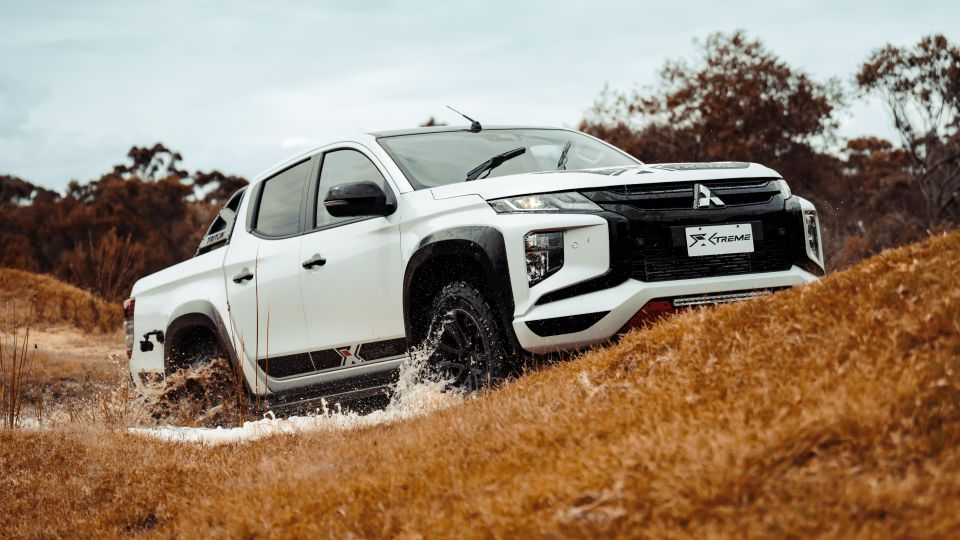


Quickly see how this car stacks up against its competition. Select any benchmark to see more details.
Where expert car reviews meet expert car buying – CarExpert gives you trusted advice, personalised service and real savings on your next new car.
It’s strange to be talking about a new flagship MitsubishiTriton so near the end of the current model’s life, with a new-generation around the corner.
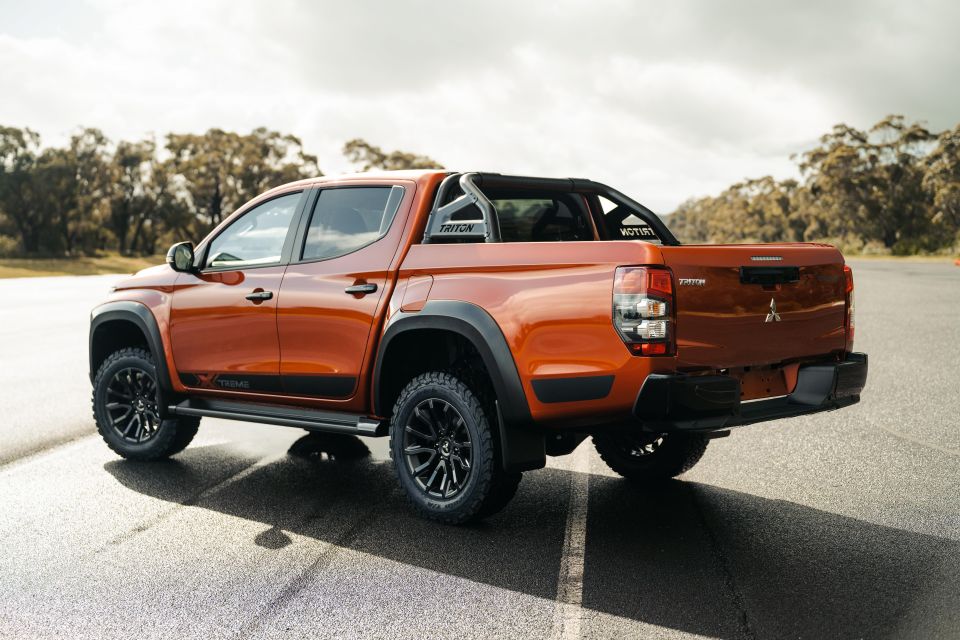
Yet that’s is the Triton Xtreme by Walkinshaw Automotive Group: a GSR buffed up with better suspension, new wheels and tyres, bash plating and tough design add-ons, sold through the Mitsubishi dealer network.
It gives Mitsubishi a competitor to other Aussie-created ute halos such as the Nissan Navara Pro-4X Warrior by Premcar, Toyota HiLux Rogue and Mazda BT-50 Thunder, filling a gap it hasn’t addressed with any kind of Ralliart equivalent to date.
But we must come back to addressing the main question: why now?
It’s principally the work of Walkinshaw Automotive Group (WAG), the Melbourne engineering and design company responsible for HSV, which has reinvented itself with the HSV Colorado SportsCat and Volkswagen Amarok W-Series dual-dabs.
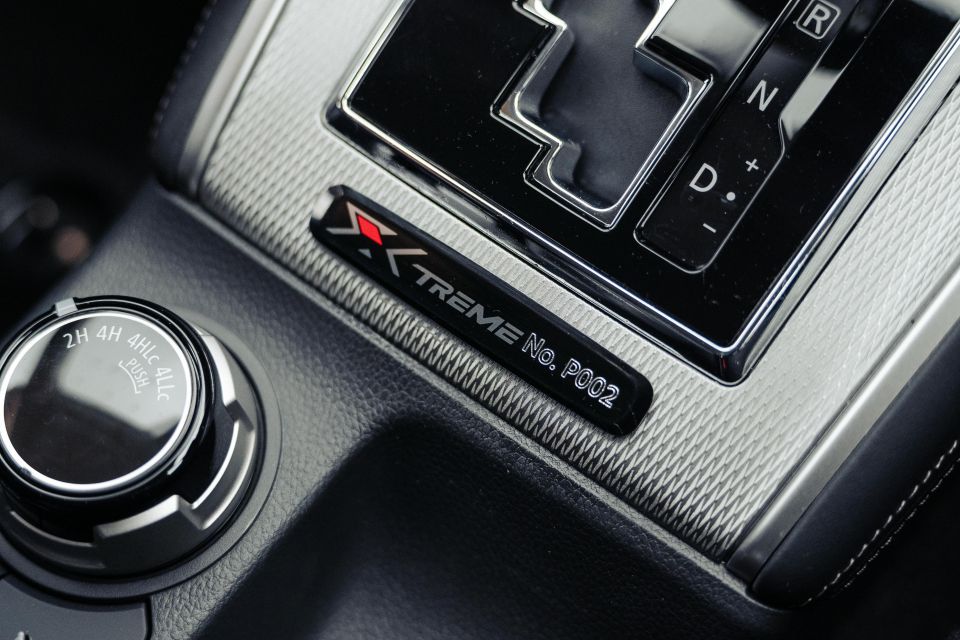
Naturally, it’s looking to work more OEMs that could stand to benefit from its engineering and designs.
While Mitsubishi Australia obviously knew about and supported the creation of the Triton Xteme, the development was both proposed and led by Walkinshaw. Given its reason for being, ‘just’ 500 units will be produced, making it something of a limited edition.
Think of the Triton Xtreme as a proof-of-concept designed with one eye on the next-gen model – as was the case with the W-Series that emerged at the end of the old Amarok’s life cycle, but which set the stage for versions based on the new model.
The Triton Xtreme was developed over a period of about two years go-to-whoa, about half of which included the engineering. Testing took place at the famed Lang Lang proving ground in Gippsland, where all of the best Holdens were created.
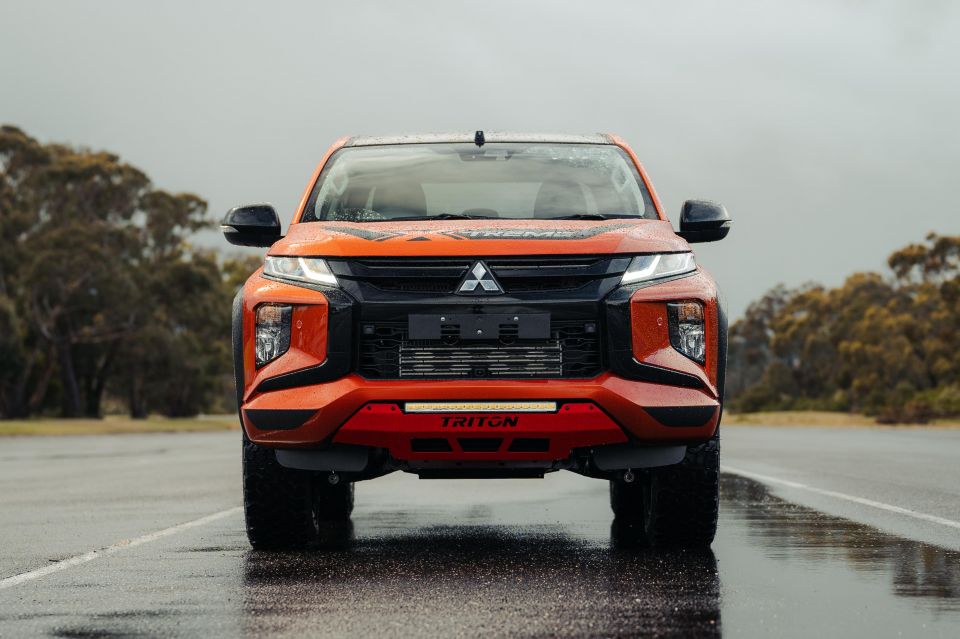
This is what sets vehicles like this apart – in theory anyway – from modified utes developed solely through the aftermarket, which offers plenty of excellent alternatives. Namely, all its updates are tested as a cohesive whole, and chosen by OEM-standard auto engineers.
Walkinshaw is a great success story for the Australian car industry. Between its diesel utes, factories converting Ram 1500s and Chevrolet Silverados to RHD in their thousands, its New Age caravans, and motor racing division, Walkinshaw has three-times more staff now than it did at HSV’s zenith.
Deep breath – it’s $71,990 before on-road costs, which is some $15,000 more than the Triton GSR it’s based on. There’s never been a more expensive Triton sold in company dealers.
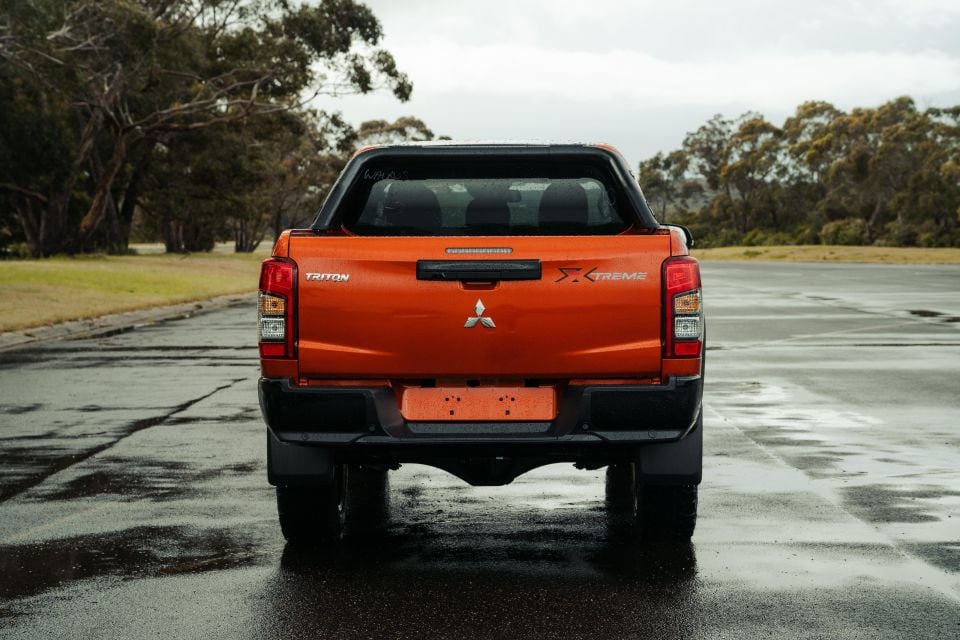
That makes it about the same money as a Nissan Navara Pro-4X Warrior, which is a conceptually similar model with similar types of mechanical updates, made by another Melbourne engineering firm (Premcar).
Other price-point competitors include the Ford Ranger Wildtrak, Toyota HiLux Rogue and Mazda BT-50 Thunder.
Rivals include:
Prices are before on-road costs
Buy your new car without the stress. It's fast, simple and completely free.

Great service from Travis and team, second time I have used this business would not hesitate to recommend them to anyone
Craig C.
Purchased a Ford Ranger in Sunshine Coast, QLD
CarExpert helped Craig save $7,224 on his Ford Ranger, now let us save you on your next new car.
Get your BEST priceWhile the outside looks the part with its chunky tyres, new wheels, rear bar work, front bash plate, and decals, there’s nothing novel in here aside from a numbered plaque behind the gear shifter.
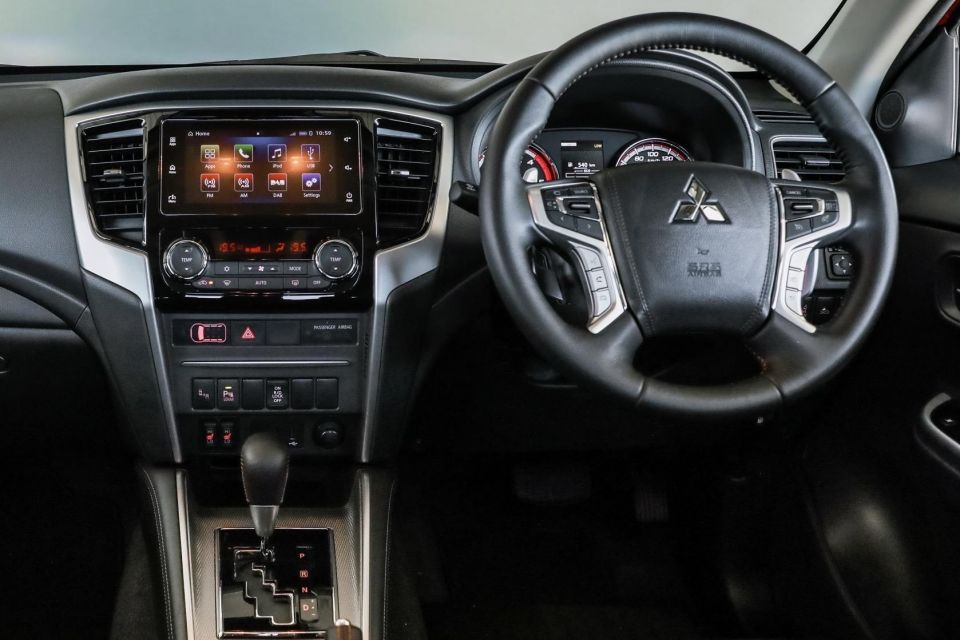
The Triton’s interior still gets many of the basics right: It has a great steering wheel with reach adjustment, sound ergonomics, good fit-and-finish with hard-wearing materials, and in this trim the front passengers get heated seats.
But it’s all looking a little dated now, and all the metallic-look silver plastic trims and fancy stitchwork in the world won’t change that.
The analogue instrument cluster looks quite good but there’s no digital speedo, the 7.0-inch touchscreen is small and dated by today’s operating standards, and the use of orange fonts and slabs of empty plastic with button blanks age the design further.
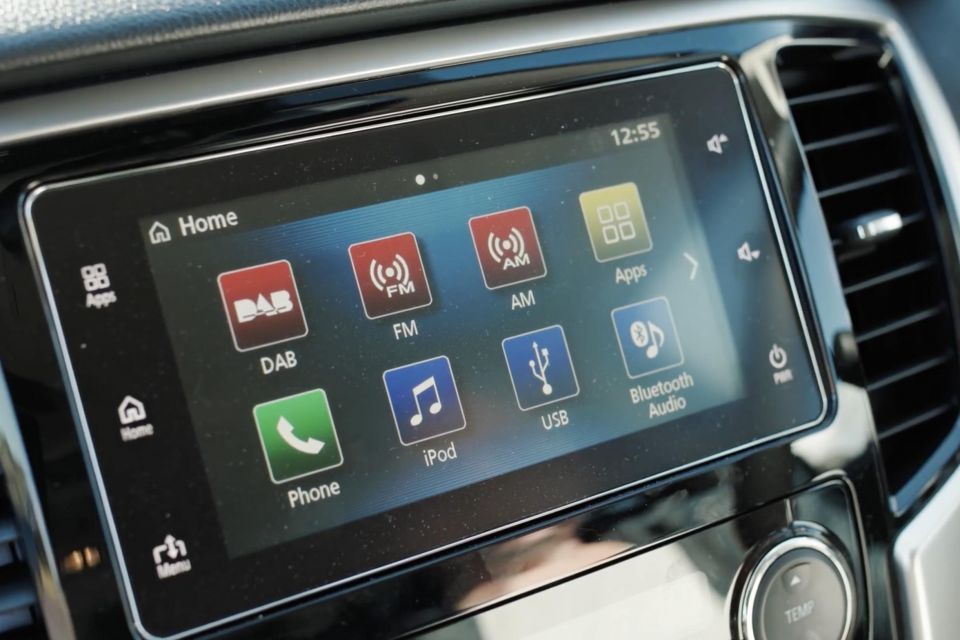

Headline features inside include wired Apple CarPlay and Android Auto for mapping, leather seats, dual-zone climate control, and a surround-view camera display with middling resolution.
Back-seat occupants get their own USB ports and an air circulator system in the roof, and there’s acceptable room for two adults – though the interior is on the narrow side and the elevated rear bench limits headroom to some extent.
The tub measures 1520mm long by 1470mm wide by 475mm deep, and is 1085mm between the wheel arches. But it’s a little strange that our test vehicle lacked a bedliner accessory, as well as a rolling hard tonneau cover or something similar.
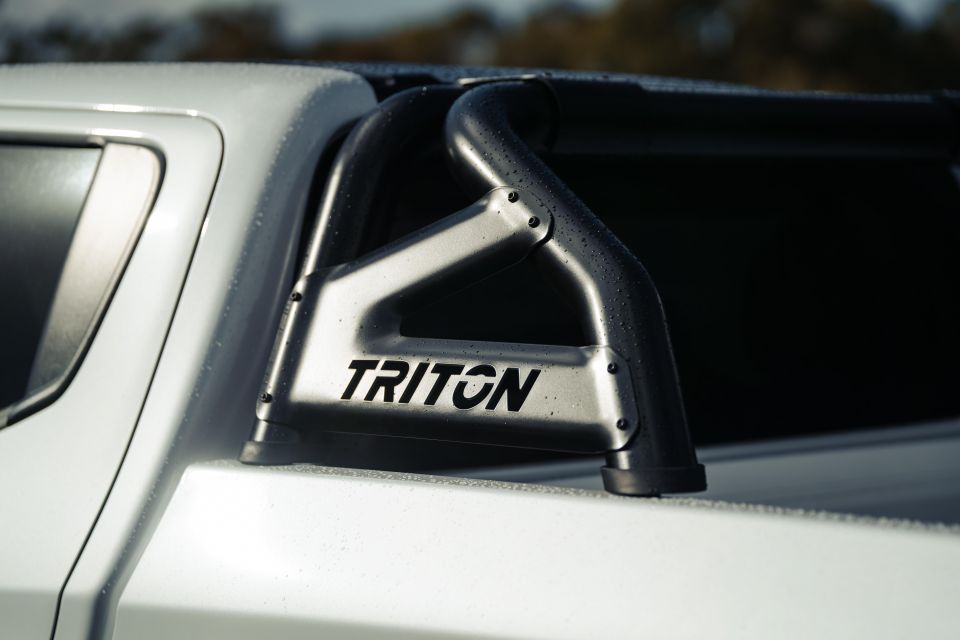
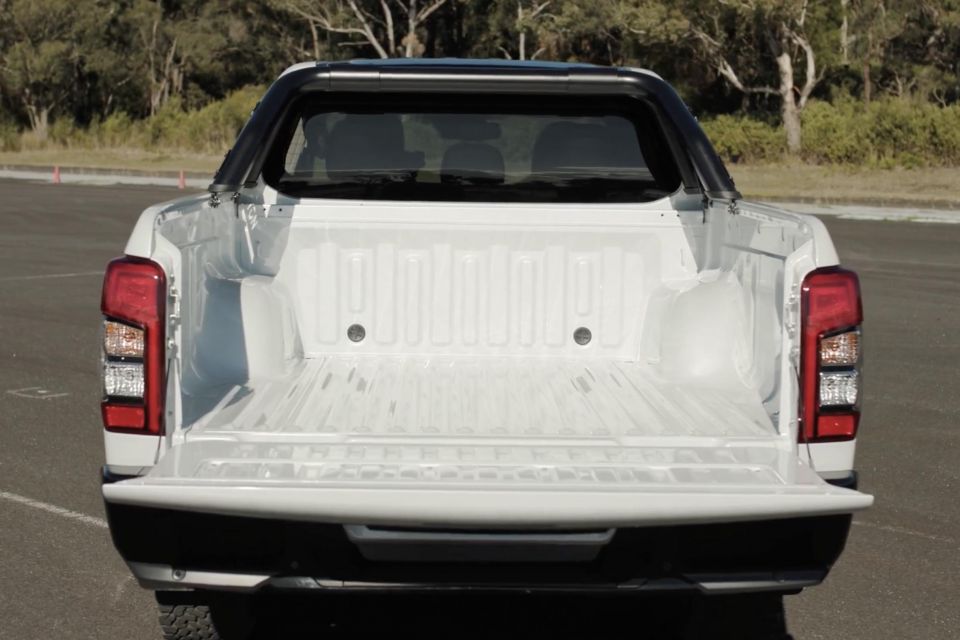
Aside from the cool-looking sportsbar, it feels like the Triton Xtreme could use a little bit of added functionality in the loading area, and for its $71,990 RRP you’d have thought it might come with more features from the bulging Mitsubishi accessories catalogue.
On this note, the Xtreme also comes with a basic GSR spare wheel and tyre as standard, so you’ll need to hand over a further $885 plus GST for s fifth Xtreme wheel and tyre. That’s just not right.
The Xtreme runs the same driveline as the stock Triton, which offers below-average power, torque and towing capacities compared to fellow top-sellers.
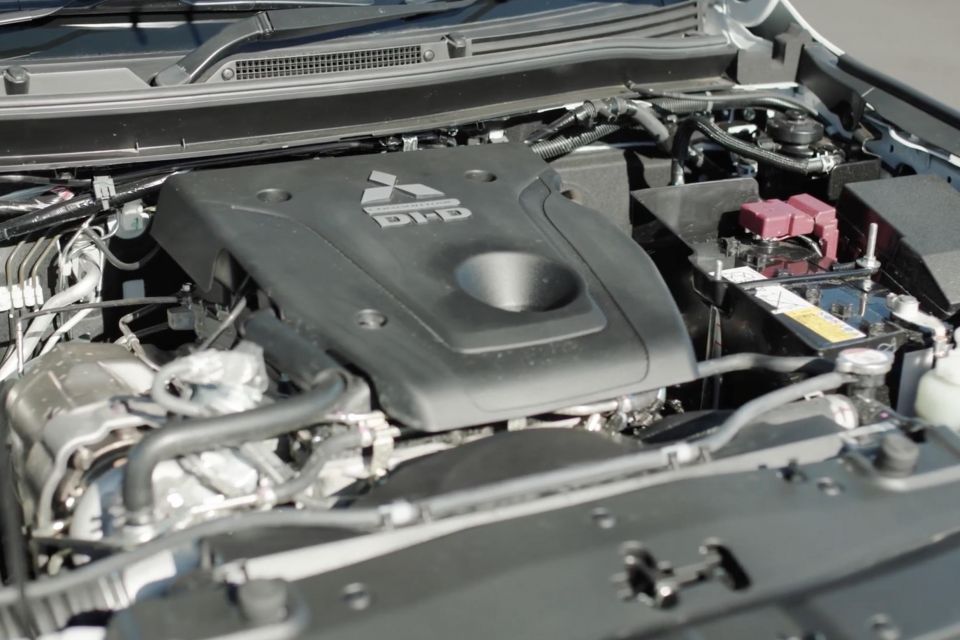
The 2.4-litre four-cylinder turbo-diesel makes 133kW of power (3500rpm) and 430Nm of torque (2500rpm), mated to a six-speed automatic transmission.
Its Super Select II 4×4 system has 2H (rear-drive), 4HLc (50:50 front:rear 4×4) and 4L (low-range) modes, as well as 4H full-time 4×4 mode available for tarmac use.
Walkinshaw claims unchanged fuel consumption of 8.6L/100km (ADR) from a 75L tank, while towing capacity remains 3100kg.
As we found in our recent dual-cab ute megatest, the humble Triton GSR is very capable off the beaten path, but not exactly comfortable.
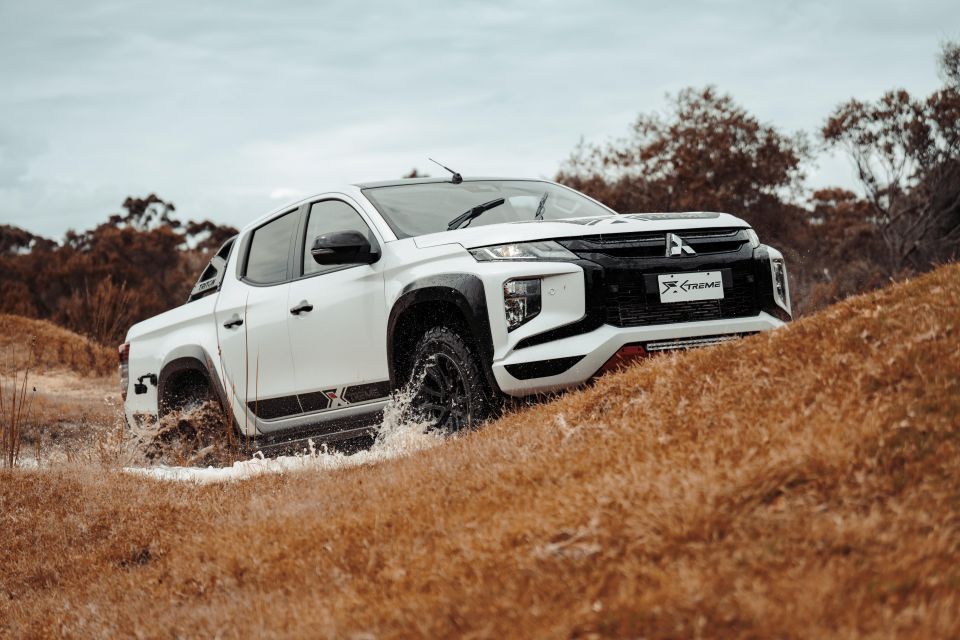
Narrower and using a shorter wheelbase than its rivals, it amplifies head toss over impacts and gets a little unsettled and prone to pogo-ing when lightly laden.
While Walkinshaw hasn’t overhauled all aspects of the suspension – it’s still leaf sprung at the rear – it has made make the Xtreme more comfortable and composed over the rough stuff than its donor vehicle.
The suspension package comes from racing, mining, defence (and obviously automotive OEM) supplier Supashock. It comprises four 46mm monotube dampers, with the front running a remote canister and the rear running a piggyback system, and new front coils.
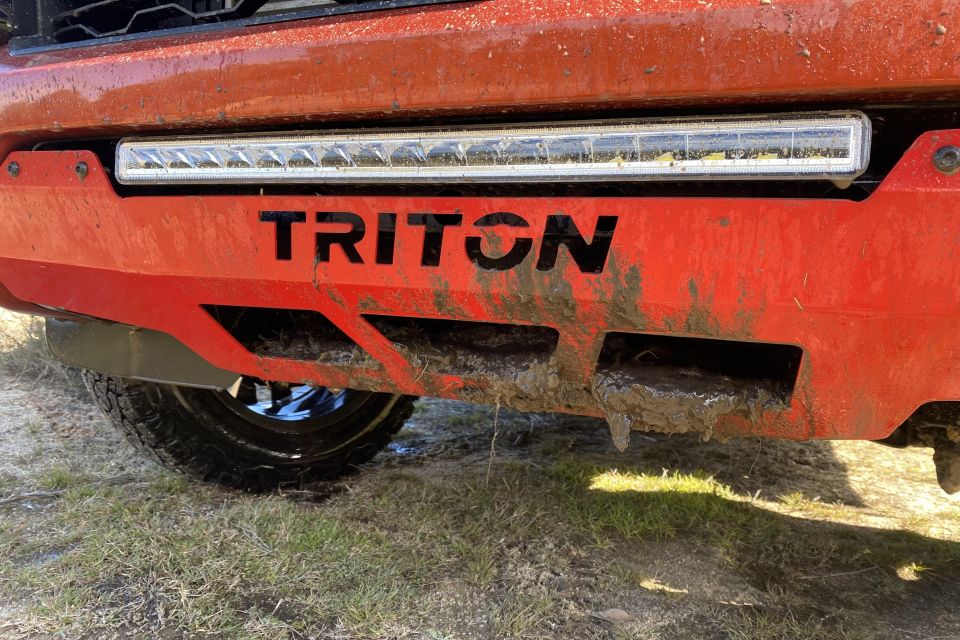
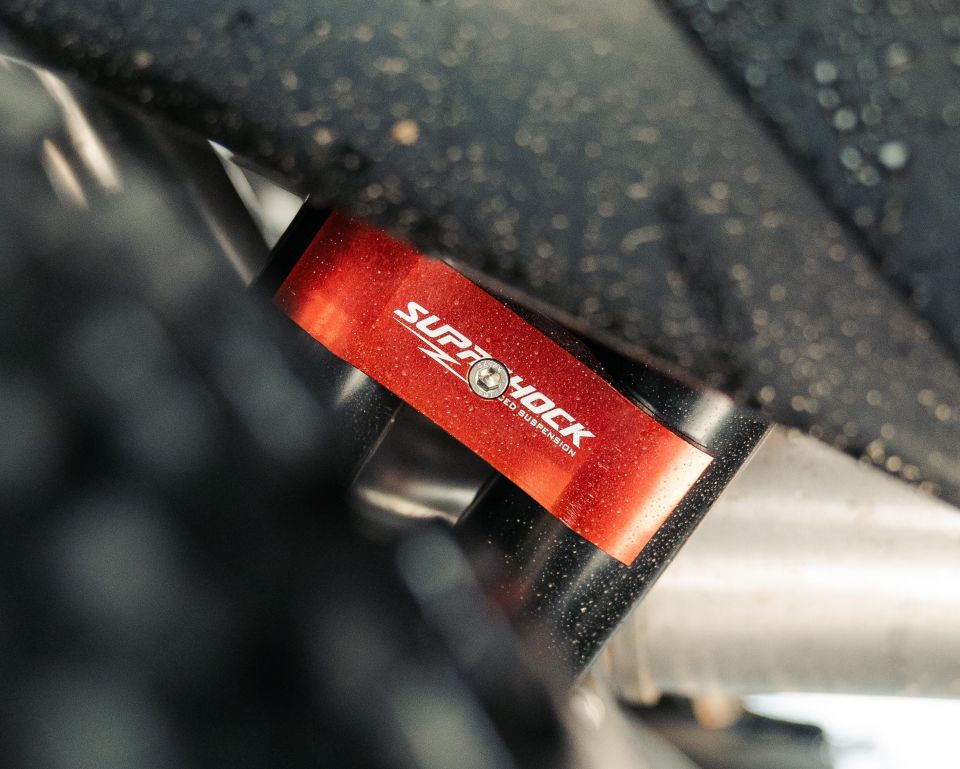
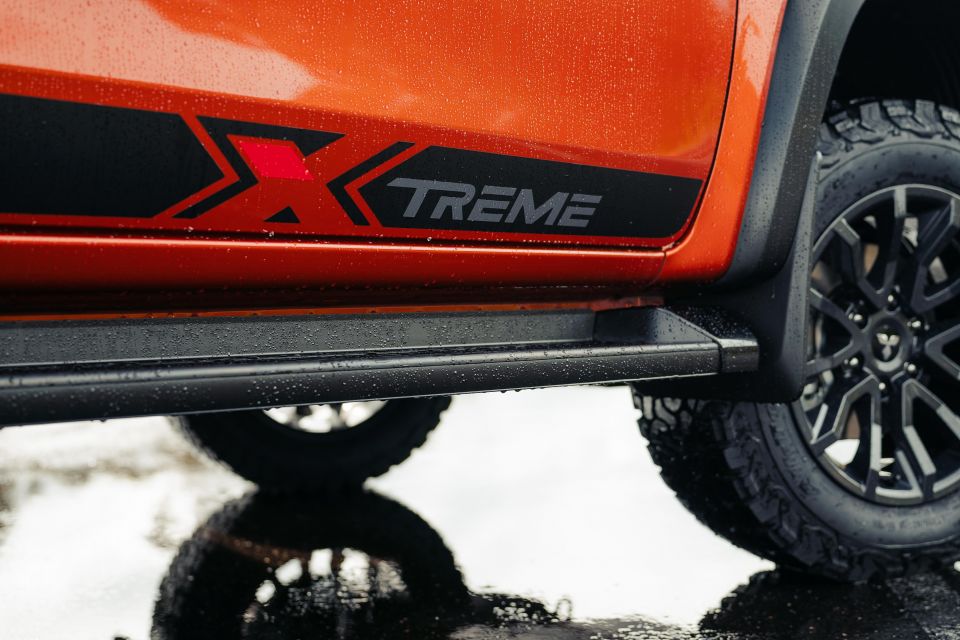

Walkinshaw stipulates it prioritised off-road performance, as demonstrated by the fitment of BF Goodrich K02 all-terrain tyres (265/60 R18) to forged-alloy 12-spoke wheels – over the OEM-fitted highway rubber.
The difference over the stock Triton GSR felt noticeable both on- and off-road, across a series of loops at the same Lang Lang Proving Ground where it was developed.
Off-road, mostly in low-range, the Triton Xtreme navigated muddy rutted trails and climbs without blinking, the suspension reducing occupant body movement more effectively, while offering greater comfort on compression and control on rebound than the regular Triton models.
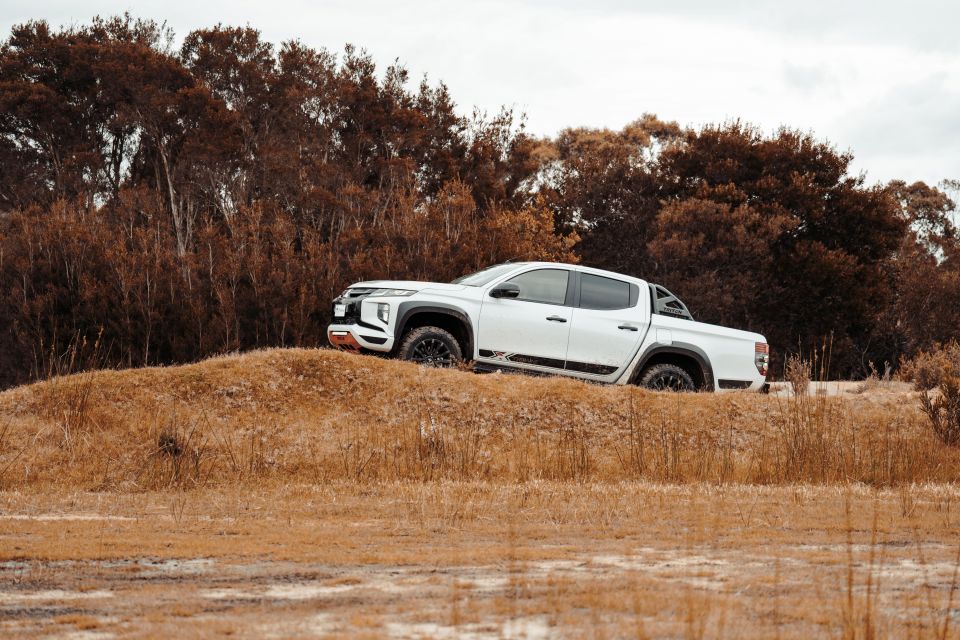
While it still won’t match a Ranger on a dynamic road loop, the Triton Xtreme’s ride and handling through a series a on- and off-camber turns, and some high-speed undulations, felt much better than the donor vehicle once again.
It’s the most fun you’ll have in a Triton, that’s for sure. The beefy all-terrain rubber was also fairly quiet even on coarser-chip bitumen.
Note though, that it was a dry day and we’d like to test these tyres on wet tarmac (many of the images used were taken on another day).
There’s only so much improvement to be found in such an old design, but if the goal is to show Mitsubishi and other OEMS that it could be a good engineering partner, Walkinshaw has done so.
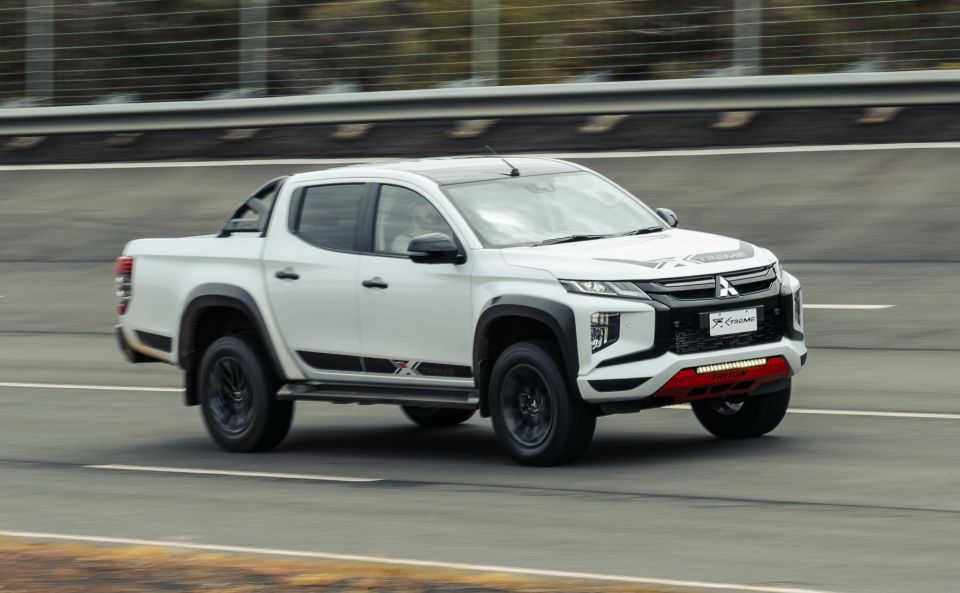
The Triton’s 4×4 system has low-range and high-range (locked centre diff) 4×4 as well as rear-wheel drive 2H like most part-time 4x4s, but it also has a high-range with the centre diff unlocked for permanent, variable 4WD over sealed surfaces.
It has a locking rear diff as well, with its main weak point in more extreme driving being its long rear overhang and easily damaged aide steps – I’d like to have seen Walkinshaw fit some rock sliders as part of the package.
Walkinshaw says all the key dimensions and weights are the same as the Triton GSR: it’s 5305mm long, 1795mm tall and 1815mm wide, has 220mm of ground clearance, a 2000kg kerb weight, a 900kg payload, 2900kg GVM, and 5885kg GCM.
There’s also no change to the approach (31 degrees) and departure (23 degrees) angles.
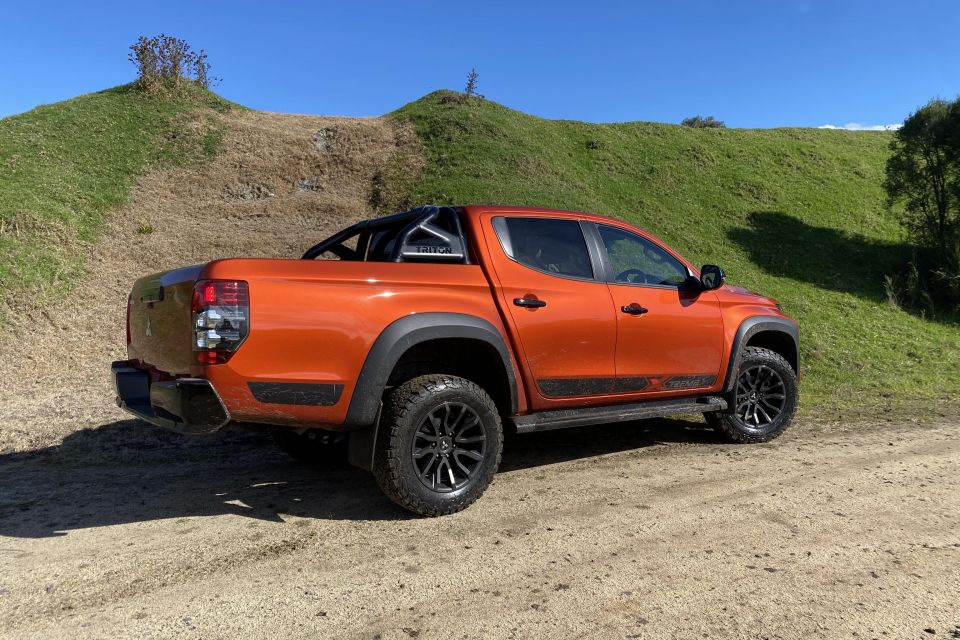
Where expert car reviews meet expert car buying – CarExpert gives you trusted advice, personalised service and real savings on your next new car.
Given the project’s limited scope and short run, there was no sense in making powertrain changes. The Triton’s 2.4-litre diesel is honest but unrefined, and its performance and towing abilities in the bottom half of the competitor pack.
Its 133kW and 430Nm outputs, six-speed transmission (admittedly fitted with awesome Ralliart-style column-mounted paddles) and 3.1t towing capacity are all off the pace.
Walkinshaw also made no changes to the brakes, keeping the 320mm front discs and old school (but not unusual in the ute market) rear drums.
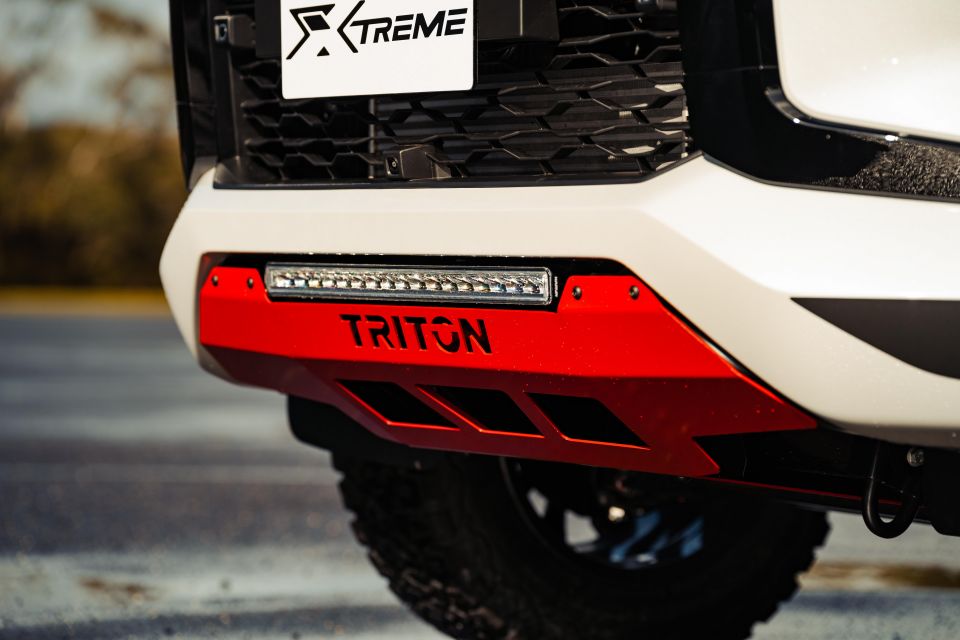



Triton Xtreme highlights:
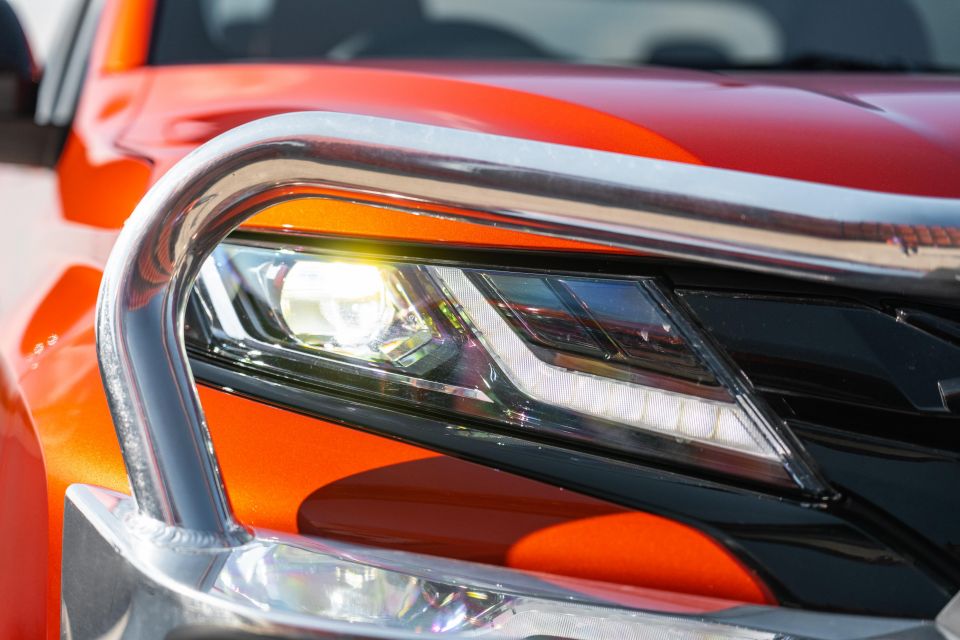
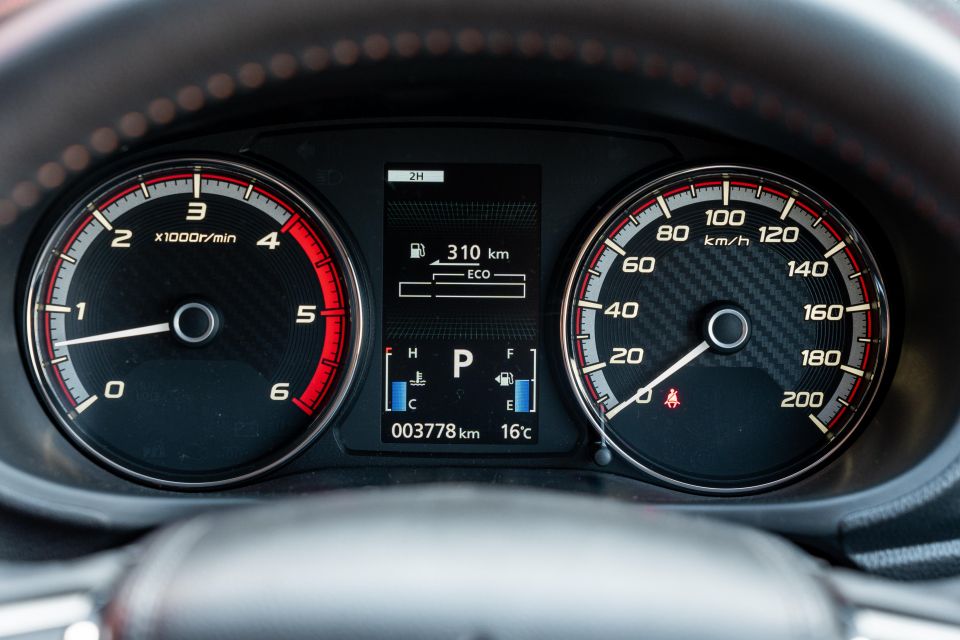
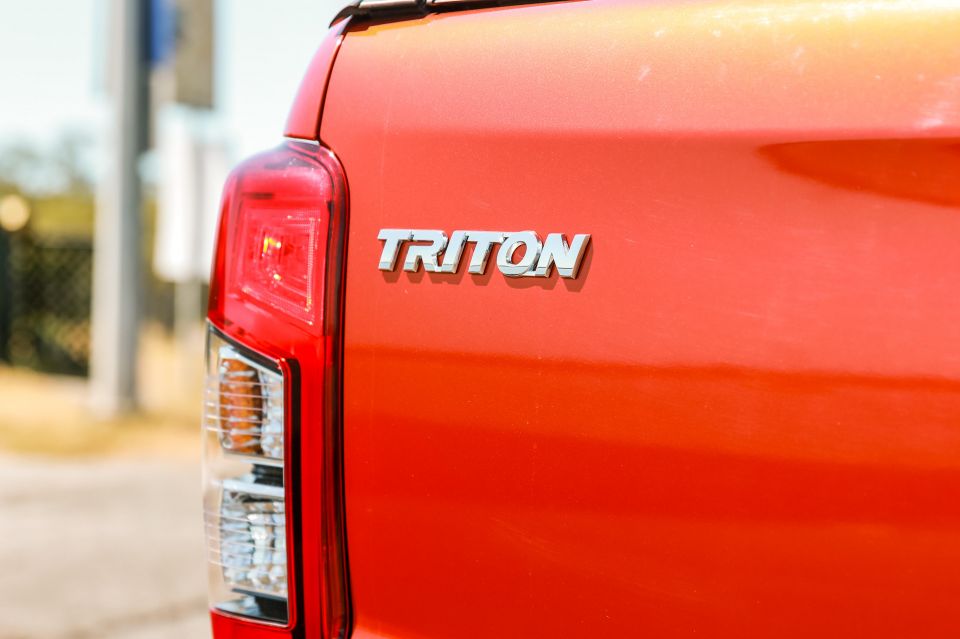
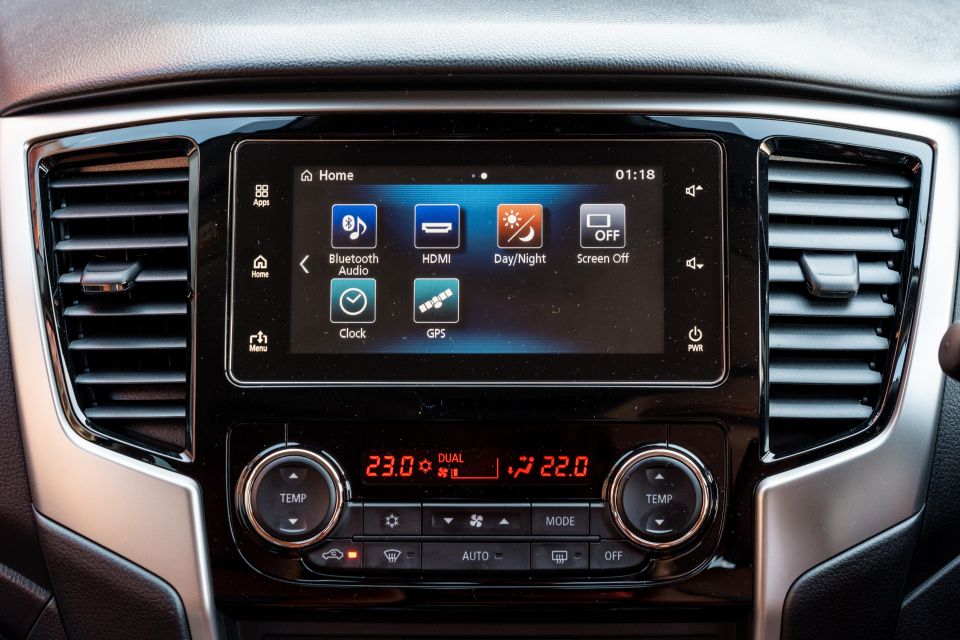
This builds on the existing Triton GSR:
The Triton is so old now its ANCAP safety rating has lapsed, though before this it carried a five-star score based on outdated 2015 testing.
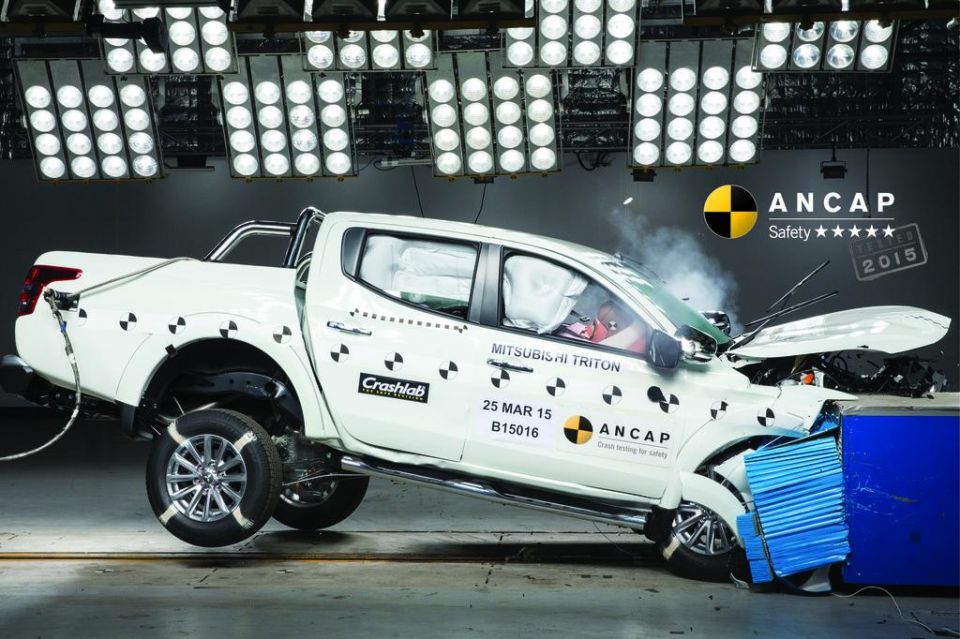
Walkinshaw says it spent time testing all the car’s driver-assist features to make sure they worked fine with the suspension and wheel modifications.
Standard safety features include:
The Triton Xtreme retains the donor car’s 10-year or 200,000km warranty which applies so long as you service the car at a Mitsubishi dealer. The standard warranty otherwise is five years or 100,000km.
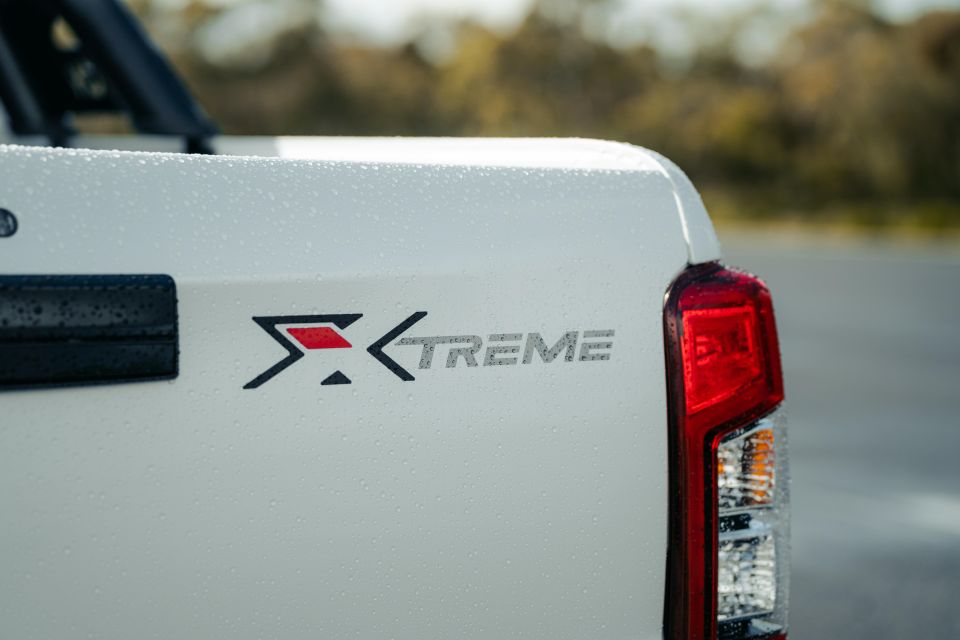
The Walkinshaw Automotive Group warranty “falls in line with Mitsubishi’s standard Triton warranty”, the company says, referring to the added parts. We’re now clarifying whether that means five years or 10.
There’s capped-price servicing for 10 years or 150,000km, at intervals of either once per year or every 15,000km – whichever comes first.
Mitsubishi Triton service pricing:
Buy your new car without the stress. It's fast, simple and completely free.

Great service from Travis and team, second time I have used this business would not hesitate to recommend them to anyone
Craig C.
Purchased a Ford Ranger in Sunshine Coast, QLD
CarExpert helped Craig save $7,224 on his Ford Ranger, now let us save you on your next new car.
Get your BEST priceIt’s hard to say that a Triton costing north of $70k is a good deal, especially when the drivetrain and interior carry over.
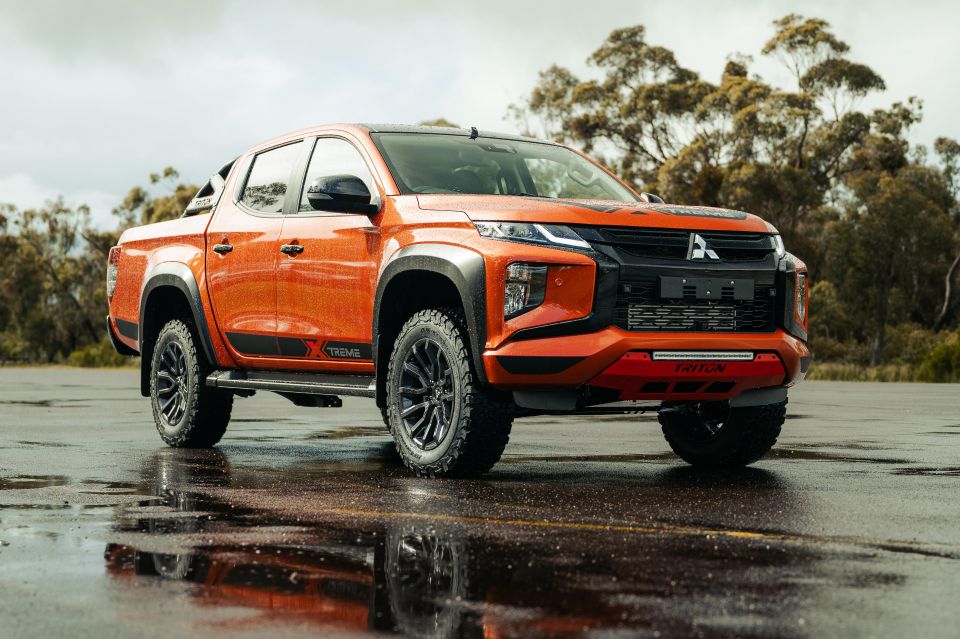
But Walkinshaw has achieved what it set out to – namely to show that the humble Mitsubishi workhorse can be made more comfortable and capable with some Aussie knowhow.
It even looks tough, which is not something you’d necessarily say about the Triton. It’s hard to put a value on establishing desirability, but it’s high all the same.
For me, it’s more about what comes next. I hope Mitsubishi and Walkinshaw realise the possibilities demonstrated here, with a more modern next-generation platform to work from.

Click the images for the full gallery
Where expert car reviews meet expert car buying – CarExpert gives you trusted advice, personalised service and real savings on your next new car.


Alborz Fallah
2 Hours Ago


Marton Pettendy
4 Hours Ago
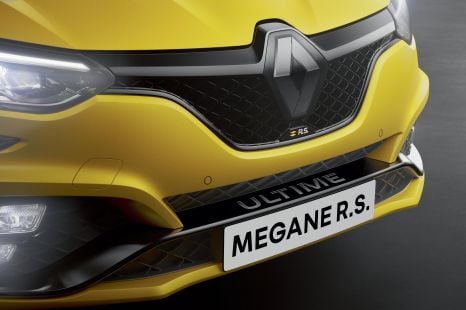

Ben Zachariah
5 Hours Ago
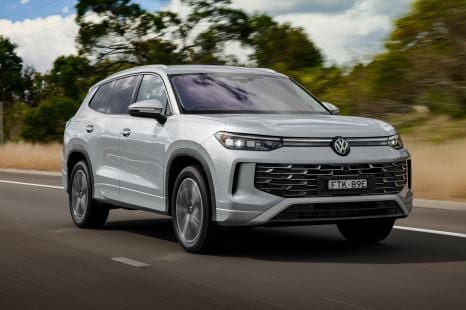

Damion Smy
6 Hours Ago
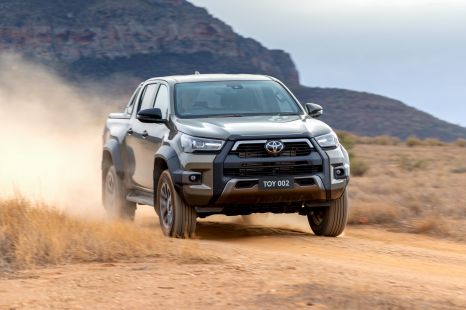

Damion Smy
8 Hours Ago
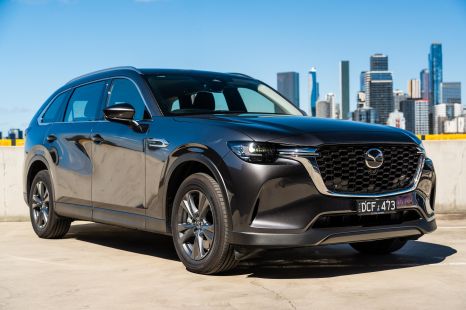

William Stopford
8 Hours Ago